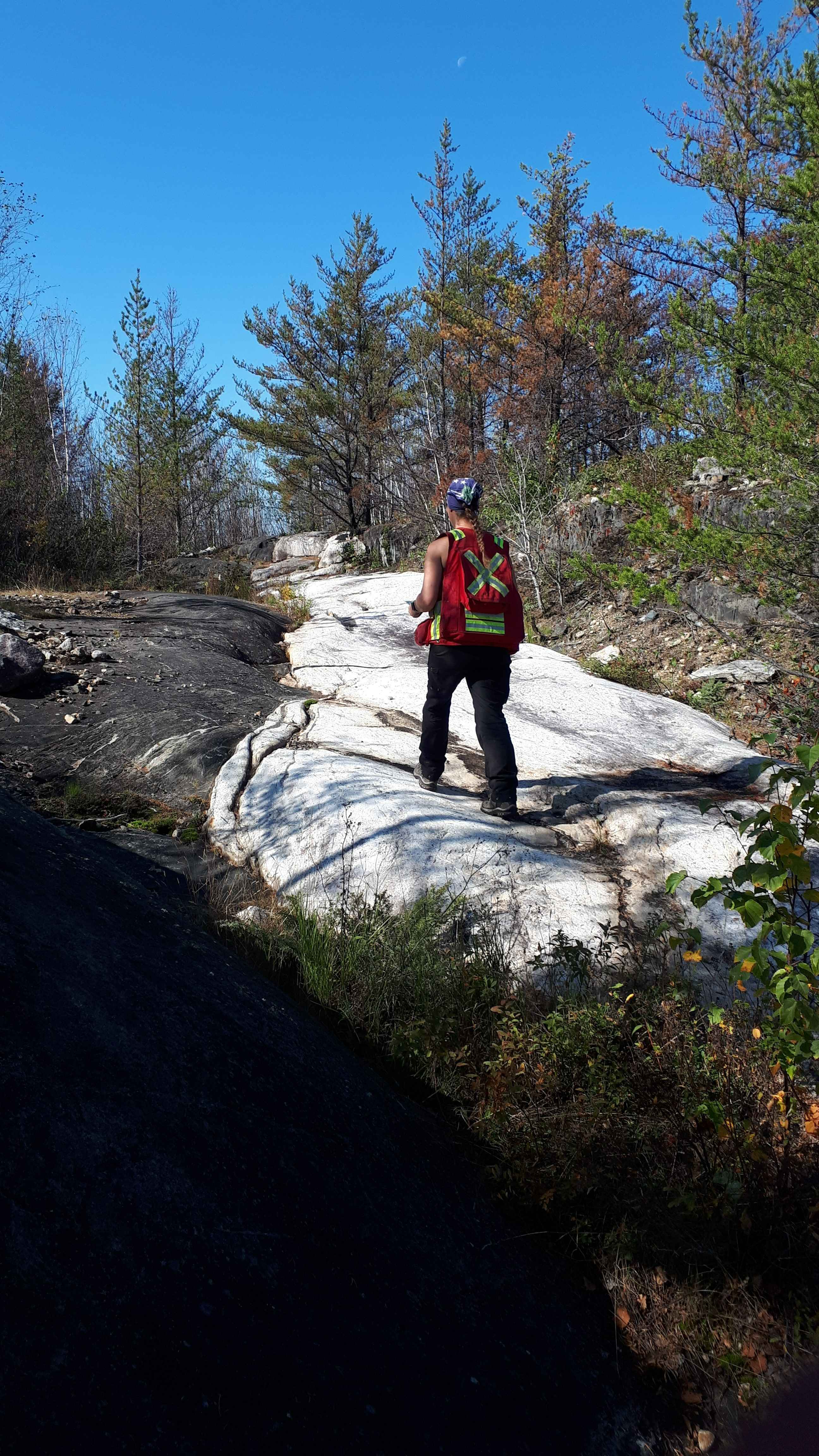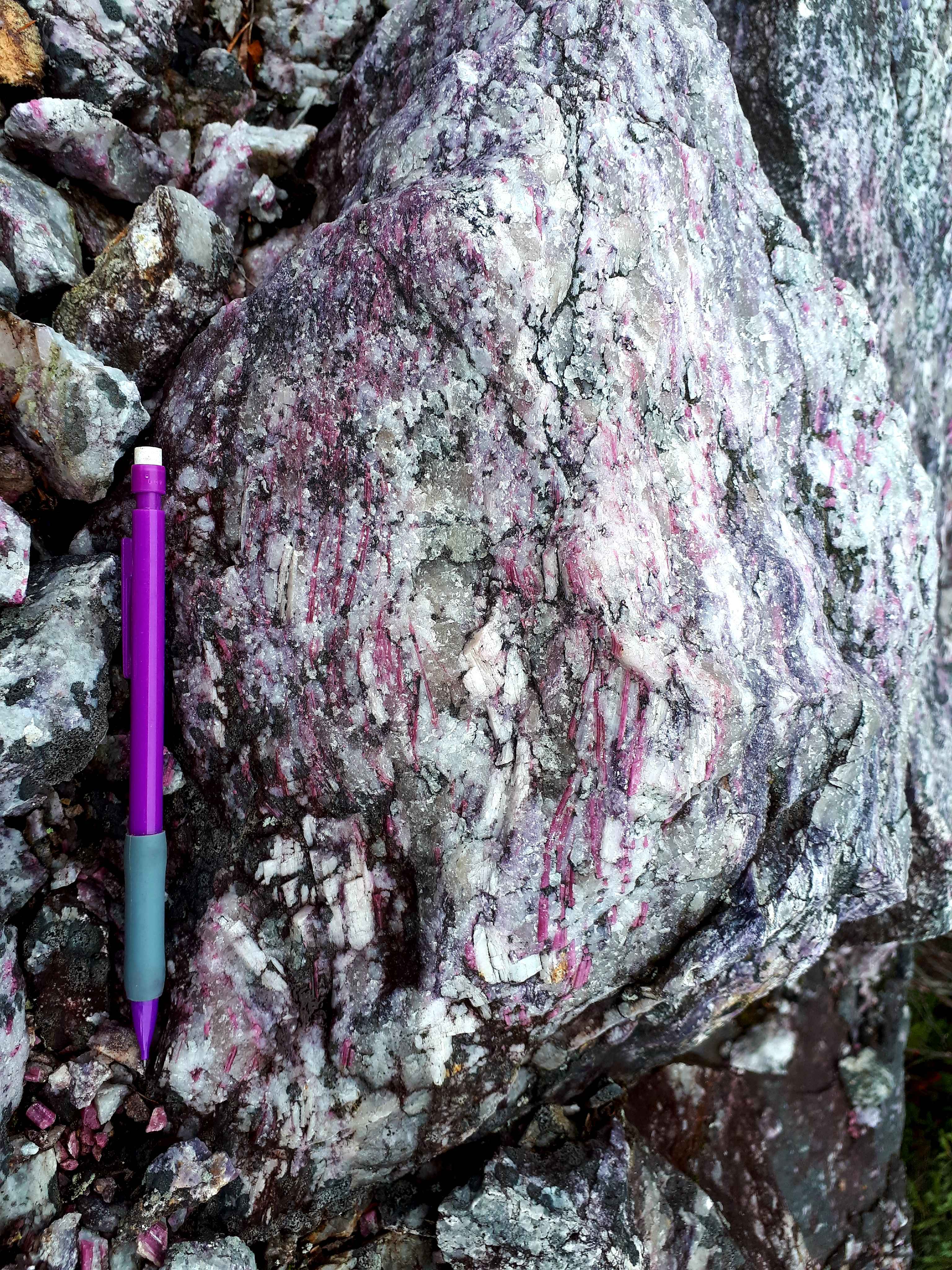Hydrothermal Geochemistry Group
McGill University, Earth and Planetary Sciences
Gallery Page ... Interesting Geology, People,
Figures from Publications, etc.

BSE images and corresponding SIMS δ34S results for selected analytical transects for pyrite in a stage V vein from the Brucejack Au deposit, showing extreme shifts in sulfur isotope compositions associated with boiling and later seawater mixing (electrum = El). (from McLeish et al., 2024)

Schematic model for the formation of hydrothermal bonanza gold mineralization by seawater-induced flocculation of colloidal gold suspensions. (from McLeish et al., 2024)

Generalized Devonian paleogeography of shallower carbonate platforms (Yukon Stable block and Mackenzie Platform) and deeper shale basins (Richardson Trough and Selwyn basin). The stars indicate known hyper-enriched black shale (HEBS) localities and circles indicate other metal-enriched (non-HEBS) areas. Modified from Fraser and Hutchison (2017). (B) Generalized stratigraphic column for HEBS and surrounding shales in the Road River Group. Three HEBS horizons (red) have been documented at Peel River, but only one at Moss, Nick, Monster River, and Rein. (from Henderson et al., 2024)
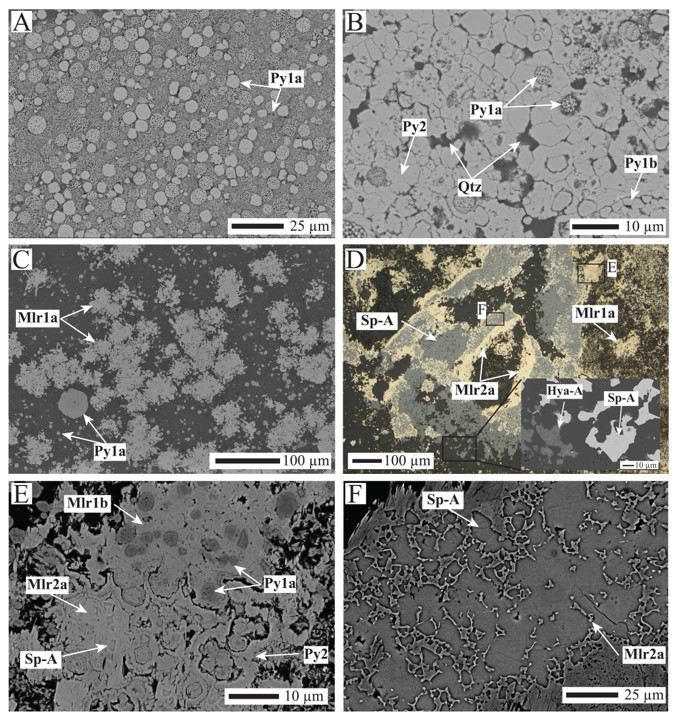
Backscattered electron (BSE) (A-C, E-F) and optical microscope (D) images of pyrite, millerite, and sphalerite from Yukon hyper-enriched black shale (HEBS). (A) Framboidal (Py1a) and microcrystalline pyrite (Py1b); (B) anhedral pyrite (Py2) overgrown on early pyrite; (C) blebby millerite (Mlr1a) in a quartz (Qtz)-rich matrix; (D) millerite replacement (yellow; Mlr2a) of sphalerite (gray; Sp-A) with scanning electron microscopy (SEM) inset showing quartz and hyalophane overprinted on sphalerite; (E) a BSE image of box E in Figure D, showing interstitial millerite (Mlr1b) with inclusions of framboidal pyrite, anhedral Py2 and Sp-A overprinted by millerite (Mlr2a); (F) a BSE image of box F in Figure D, showing millerite (Mlr2a) after sphalerite (Sp-A). (from Henderson et al., 2024)

A genetic model for the formation of hyper-enriched black shales (HEBS) during sedimentation and late diagenesis. Stage 1 is represented by a schematic cross-section of the Richardson Trough. Upwelling of nutrient-rich waters generated enhanced primary productivity, and a stratified water column with oxic surface waters, deeper anoxic waters, and a euxinic wedge (red). Stage 2 involves the overprinting of pyrite (Py) by millerite (Mlr) and sphalerite (Sp) and the formation of buddingtonite (Bud). Stage 3 is characterized by the formation of hyalophane (Hya) and secondary millerite and the partial dissolution of sphalerite. The inset images show (A) the conversion of organic matter (OM) to oil, the partitioning of Ni and Se into secondary millerite, and the partitioning of V into the oil, which is recorded by Pyro-2; and (B) the generation of acid via conversion of clay minerals to hyalophane and the coupled dissolution of sphalerite leading to the precipitation of millerite. (from Henderson et al., 2024)
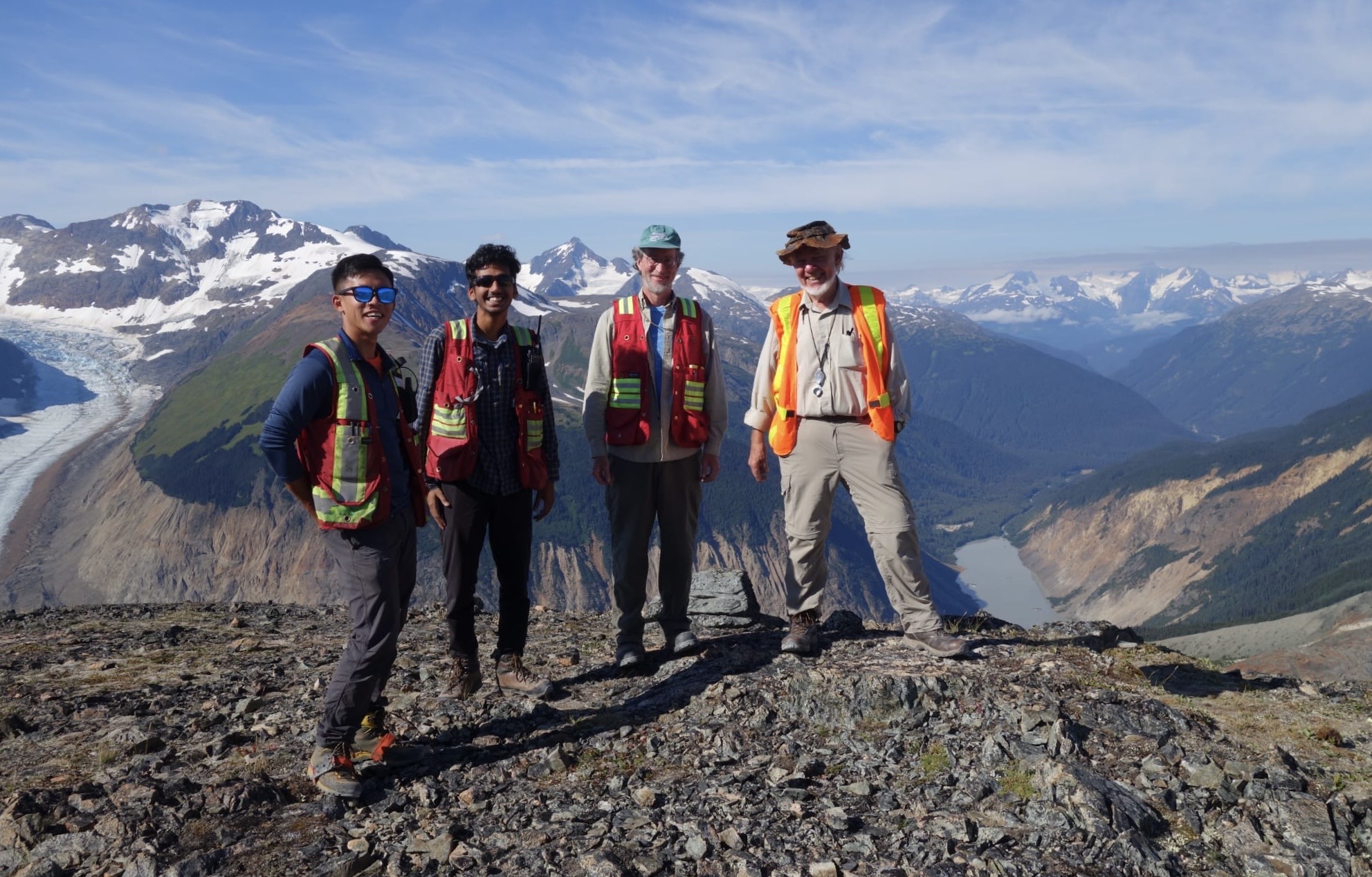
Fieldwork (2022) near the Brucejack gold mine, British Columbia, (L to R) Kevin, host Saadan, Jim, Willy.

Ultrahigh-grade (bonanza) electrum mineralization in (A) a calcite-quartz vein hosted by sericitized crystal tuff in the Brucejack mine and (B) in a calcite nanoveinlet (bright-field TEM image). The two images emphasize the strong similarity between massive (clotted) electrum at the macro and nano scales. Spherical nanoparticles of electrum are evident in the bottom left corner of the nanoveinlet. (from McLeish et al., 2021)
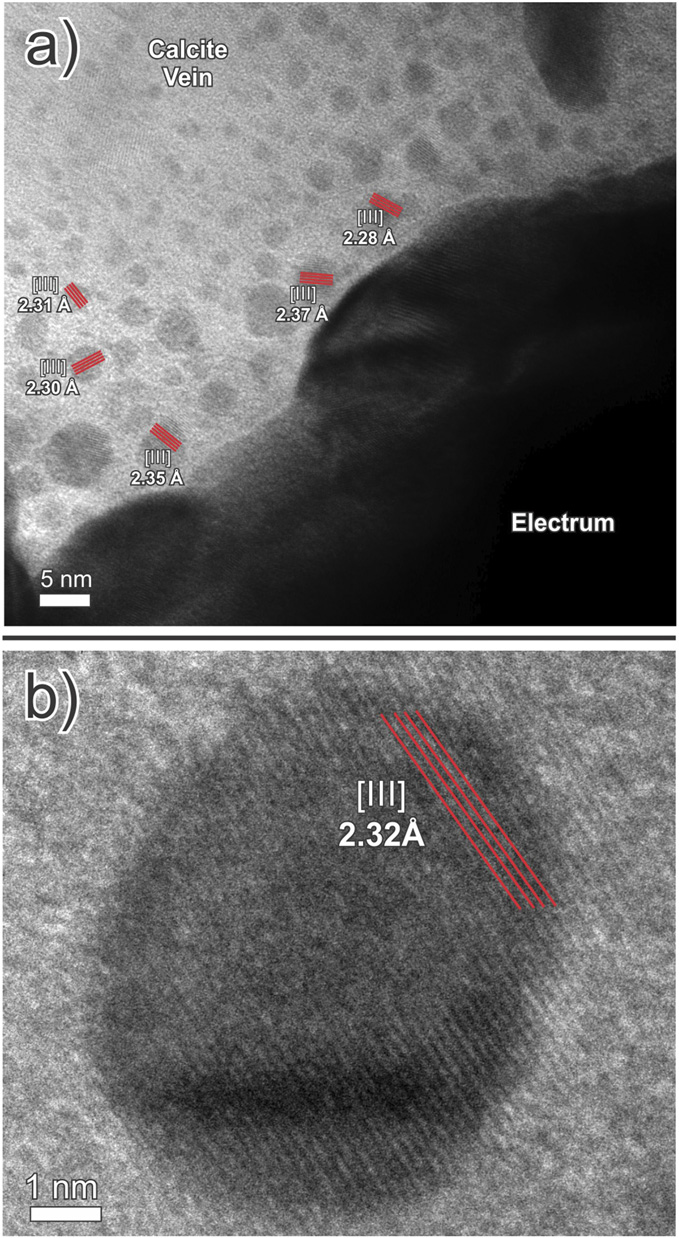
Bright-field TEM images of the contact between a large electrum grain and the calcite matrix in a calcite-quartz vein from Brucejack. (A) Abundant spherical electrum nanoparticles in calcite and (B) an electrum nanoparticle with a lattice fringe spacing of 2.32 Å. (from McLeish et al., 2021)
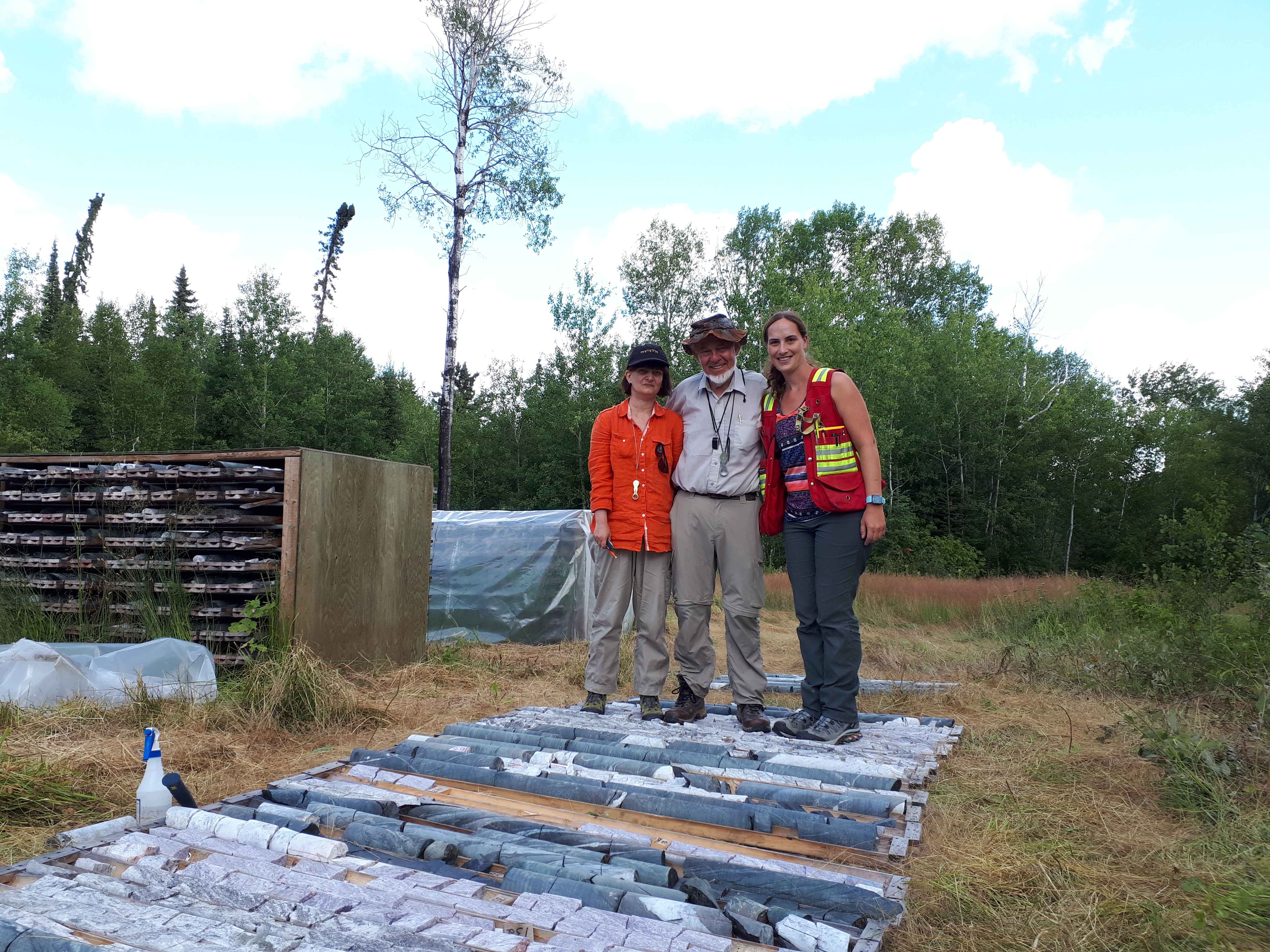
Fieldwork at Separation Rapids Li pegmatite project, (L to R) Olga, Willy and Sarah.
